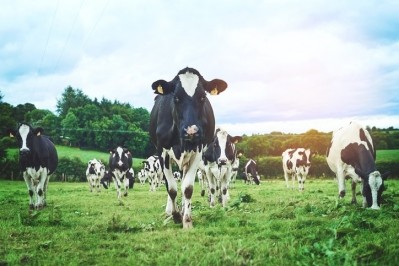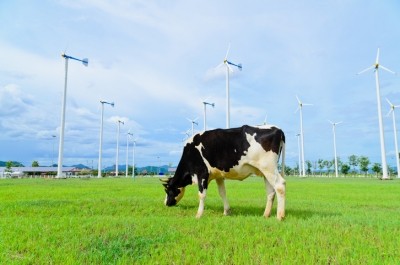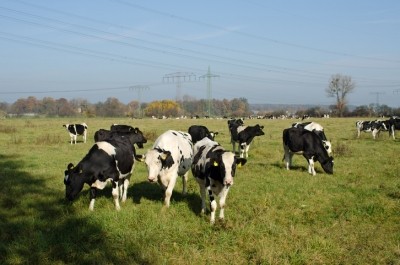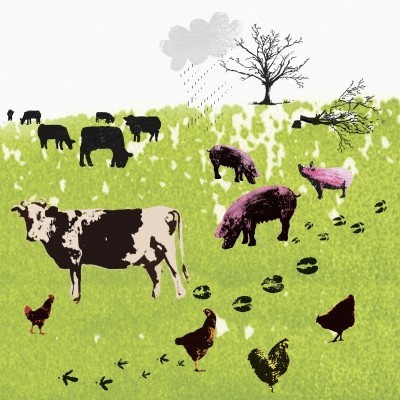‘Every farm needs to have its own solution:' US study tracks dairy methane from feed to field
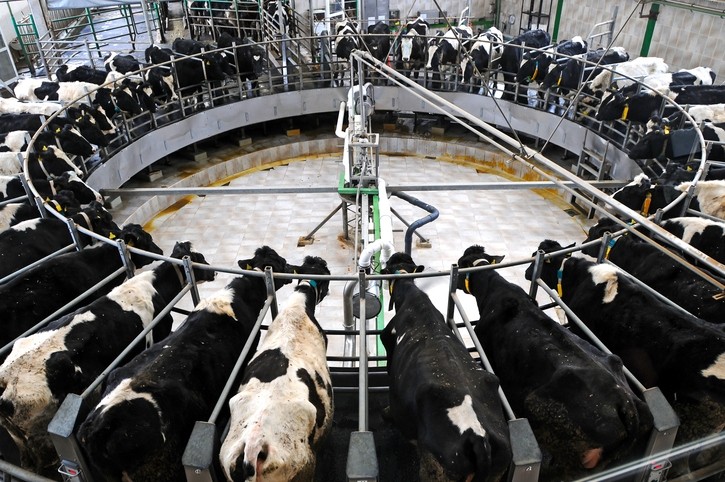
The multi-phase project at the University of Wisconsin-Madison is part of an effort to evaluate diet ingredients, dairy production and the release of enteric emissions in a holistic way, said Michel, Wattiaux, professor of dairy systems management at the University of Wisconsin.
“We’re trying to provide a picture of the relative merit of a high corn diet versus a high alfalfa diet,” he told FeedNavigator.
A long-term goal of the project would be to create a model that producers could use to identify ways to reduce their methane production per kilo of milk, while considering all the gas produced on the farm – not just that coming directly from the cow, he added.
“As an animal scientist, the concern for me is the enteric methane from the cow,” he said. “The agronomists and soil scientists minimize the nitrous oxide from the field.”
Those larger efforts may include advocating practices like the use of cover crops and fertilizing practices and an awareness of the role that weather plays, said Wattiaux.
“Where we are now is farmers will have different consultants on farm, but we have very few consultants who look at the farm as a whole,” he added.
“Looking at trying to estimate the greenhouse gas generated with milk production – you cannot just look at one part in isolation – there’s a lot of interaction,” he said. “In this study, we are looking at the cow, the manure and what happens when the manure is applied to the field – the three main areas where emission would result.”
Project overview and diet
Work on the first part of the project started about a year ago, and focused on cow methane generation based on the nature of the feed used, said Wattiaux.
“Some of the diets that we formulated were based on [inclusion of a lot] of corn silage or a lot of alfalfa silage,” he added.
“If you’re a farmer who wants to feed a lot of corn silage, which a lot of farmers in the Midwest are doing – it’s a trend, [feeding] more corn silage less alfalfa silage – [than] that means that your land will be cropped with more corn silage than alfalfa silage,” he said.
Corn silage, as a row crop, is associated with bare soil that loses carbon over time while alfalfa provides more ground cover, but less feed overall, he said.
“There are a lot of economic reasons for which producers tend to grow more corn and less alfalfa,” he added.
However, to calculate the cost of each feed ingredient you also have to examine what else needs to be purchased to balance that diet and the greenhouse gas emissions from the production of the additional ingredients, he said.
“When you take into consideration the greenhouse gas emissions – not only with the forages you produce in the farm and the grains that you import so the picture can be complicated,” he added.
The manure the cows generated during the feeding trial also was collected, stored for a period and the emissions released were noted, said Wattiaux. In the third phase of the study, the manure was applied to the field and the amount of emissions released was recorded for several weeks.
Those recordings were restarted in April to check for any lingering emissions, he added. “We wanted to cover the whole cycle – see the emissions of the whole system.”
“The reason that we connected the three is this is the reality,” he said. “Cows are fed today, manure is stored today and at some point it is spread in the field – what we wanted was to look at the big picture.”
Results and interactions
Results from the series of projects could be complex, said Wattiaux. It is possible that the feed that results in fewer methane emissions from a cow will not the best in terms of emissions from cropland, however, large variations overall are not expected.
“I expect that there will be small differences that may sometimes compensate for each other,” he said. “[For example] if you feed high corn silage to the cows you may get less enteric emissions but you get more from the field.”
One expectation is that the examination of the results from use of different diets will find that cows getting the diet that included corn silage will have a slight drop in methane emissions compared to those getting the alfalfa diet, he said.
“When we take into account all the emissions at the field level, I think there will be more associated with corn than with growing alfalfa,” he said.
Corn can leave soil bare once the crop is harvested and requires more fertilizer, which adds emissions generated during its production and spreading it to the calculation, he added.
From a nutritionist’s perspective there could be changes made to help a producer reduce their emissions per kilo of milk, said Wattiaux. But, an agronomist might have a different, and potentially even conflicting series of suggestions.
“It’s possible that you may do something to reduce the enteric emissions of the cow but if the methane emissions from the manure during storage is higher you [is that an improvement]?” he said. “The big picture is you have to take a lot of things into account.”
Whole-farm health
The group of researchers is hoping to take the information gathered and do modeling for a farm as a whole, said Wattiaux.
“We have it very tight where we follow the diets and we know the diets produce a certain type of manure, with certain emissions and this is what you get out of it,” he said. “One thing that I could see in terms of practical recommendations is maybe you want to have the agronomist and soil scientists and nutritionists all in the room at the same time.”
Looking forward to the use of the results, one goal is to produce a computer program much like the one available to calculate soil erosion, he said.
“They have models [where] you describe the different slopes, and fields, and soil, and what you grow and the model produces your key your tolerable soil loss,” he added.
“We see a parallel here – if the study is repeated and we generate more data where we know the emissions when you feed a certain crop, and a certain manure storage – where we provide the farmer with a series of options,” he said. “When feeding the cow, management of the manure if you treat, compost, bio-digestion of the manure and a series of options, no-till, partial till, and we’d look at the range and a measure of options that we know would contribute [to emission reduction].”
“Every farm needs to have its own solution,” Wattiaux added. Developing a system that would allow for results to be generated is the path that the group is exploring, he added.
There are a few final measurements of the manure put into the fields that are being collected, but overall the next steps for the project work toward analysis and publication of the information collected, he said. “By the end of the year should have at least one paper,” he added.
“It may be a year until we get all the parts together and a menu of options, but at least by the end of the year the data to date [should be] summarized and collected,” he said.
